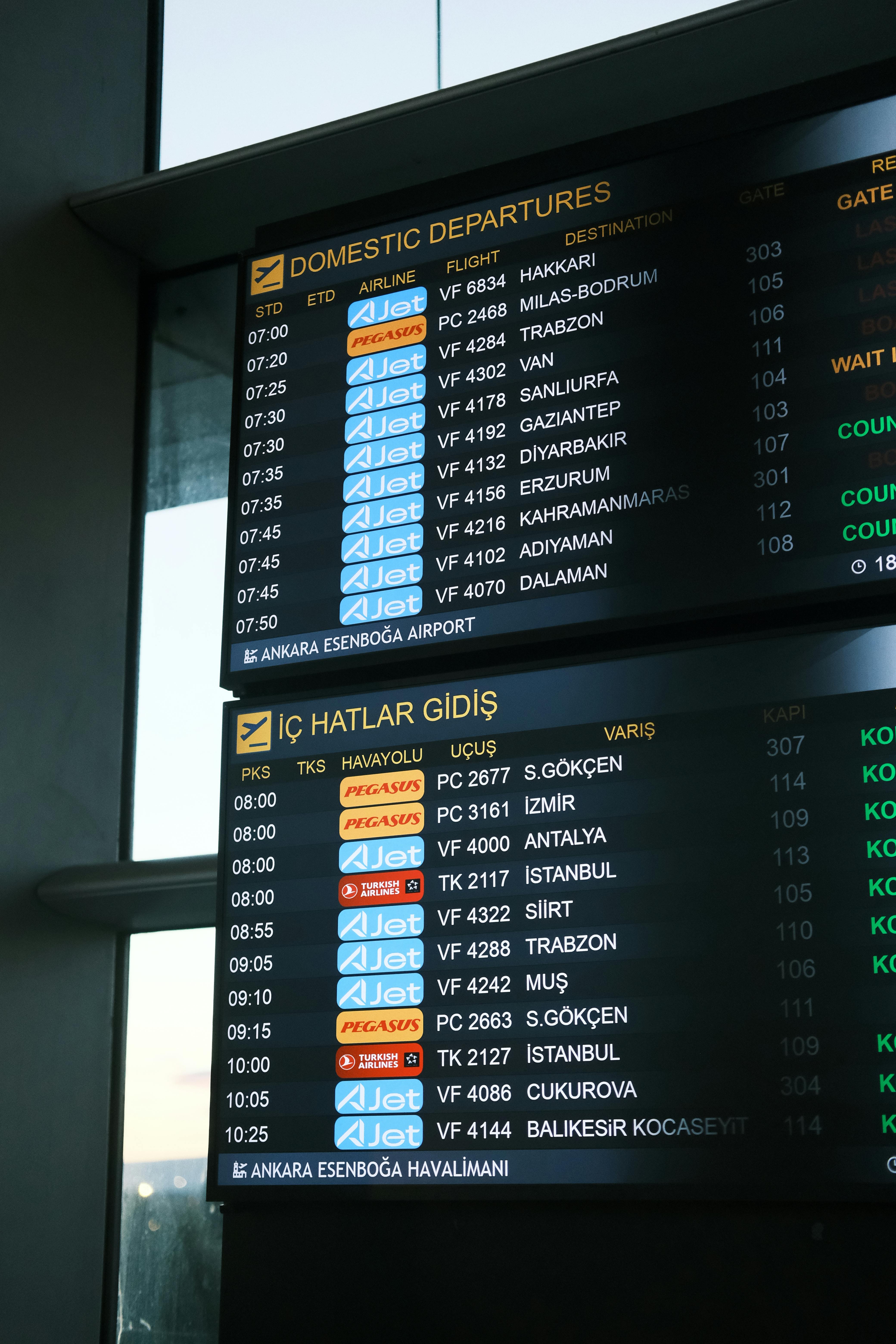Mastering the Basketball Travelers Scheduling Board
The logistics of organizing basketball tournaments have grown more complex with rising team numbers and tighter calendars. The basketball travelers scheduling board has emerged as a vital tool to streamline scheduling and coordination. In this comprehensive guide, you’ll discover how this system works, why it matters, and how to use it for maximum efficiency in your sports programs.

Understanding the Fundamentals
At its core, the basketball travelers scheduling board is a digital or physical platform that facilitates match planning and travel arrangements. It integrates essential elements such as dates, venues, and team availability, helping organizers avoid conflicts and optimize logistics.
Historically, tournament coordination involved phone calls, emails, and spreadsheets. Today’s tools automate much of that, improving accuracy and collaboration. The board is especially critical in high school and collegiate athletics where travel costs and time constraints are key concerns.
1.1 Centralized Scheduling
Centralized scheduling is a foundational principle. It involves pooling all schedules into a single platform accessible to all stakeholders. For instance, NCAA teams rely on centralized tools to avoid double-bookings and to monitor time zone differences.
By housing all logistics in one place, the basketball travelers scheduling board reduces miscommunication. Common errors like scheduling games on holidays or travel-heavy weekends can be avoided with proper use.
1.2 Transparent Communication
Transparency in planning helps align expectations. Unlike isolated email chains, a public board lets all parties view changes in real-time. This is especially useful when multiple teams share limited gym space.
Real-world scenarios such as last-minute venue changes due to weather disruptions are more manageable when updates are instantly visible. Transparency builds trust and boosts efficiency in organizing tournaments.
Practical Implementation Guide
Now that we’ve explored the principles, let’s examine how to apply the basketball travelers scheduling board in practice. Setting it up correctly can save hours of work and ensure smoother events from start to finish.

2.1 Actionable Steps
- Step 1: Choose the Right Platform: Decide between digital tools (like shared calendars or apps) and physical whiteboards, based on your organization size and tech-savviness.
- Step 2: Gather Data: Collect input from all participating teams—availability, preferred dates, travel limitations, and blackout periods.
- Step 3: Build Your Timeline: Map out key milestones, such as registration deadlines, schedule release dates, and final review windows.
2.2 Overcoming Challenges
Common issues include overlapping games, unbalanced travel burdens, and last-minute dropouts. Solutions include:
- Use color-coded systems for quick conflict detection
- Set firm deadlines for schedule finalization
- Maintain a backup list of alternate teams
Experts recommend frequent communication checks, especially during the initial planning phase. Always have contingency plans for transportation or weather-related changes.
Advanced Applications
Once the basics are mastered, the basketball travelers scheduling board can be leveraged for more advanced operations like regional tournaments and cross-state events. These advanced uses require tighter synchronization across venues and jurisdictions.

3.1 Multi-Region Tournament Planning
Large tournaments spanning multiple cities need layered scheduling strategies. For example, a board may include travel buffer times, hotel check-in/out windows, and rest periods between games.
Using AI-driven scheduling tools integrated into the board can provide optimal game slotting based on team travel distance and previous match fatigue. Case studies show up to 30% improvement in logistics efficiency using this method.
3.2 Integration with Performance Analytics
Many advanced boards now integrate performance metrics. This means coaches can adjust game schedules to align with athlete recovery data or team performance patterns.
Such integration is especially valuable in professional and collegiate sports, where data is readily available. It ensures not only fair competition but also maximized player output.
Future Outlook
The future of the basketball travelers scheduling board lies in automation and cloud integration. As AI and machine learning become more accessible, these boards will predict scheduling conflicts before they happen.
Experts foresee more mobile-friendly dashboards, with real-time alerts and GPS integration for travel updates. In the next 3-5 years, expect VR-enabled planning sessions and voice-controlled logistics management.
Conclusion
Here are three key takeaways:
- The basketball travelers scheduling board is essential for modern sports event planning.
- Centralized and transparent systems reduce confusion and streamline operations.
- Advanced applications and future tools will transform how we coordinate athletic events.
To elevate your event management game, consider adopting a reliable scheduling board tailored to your team or organization’s needs. Start by exploring digital platforms and testing small-scale implementations today.
Frequently Asked Questions
- Q: What is a basketball travelers scheduling board? It’s a platform that organizes and displays basketball tournament schedules, team logistics, and game times for efficient coordination.
- Q: How do I get started with using one? Start by selecting a digital tool or whiteboard and input basic scheduling needs such as dates and team availability.
- Q: How much time does it take to set up? Initial setup can take 3-5 hours, depending on team size and complexity of the tournament structure.
- Q: What are the costs involved? Costs range from free spreadsheet templates to $500+ annually for premium software, depending on features.
- Q: How does it compare to traditional scheduling? It reduces errors, boosts transparency, and saves time versus phone/email-based coordination.
- Q: Is it hard to learn? Most digital scheduling boards are user-friendly and require minimal training—often a 30-minute orientation is enough.
- Q: Can it be customized for college tournaments? Yes, many boards allow customization by league level, venue size, and travel zones, making them ideal for collegiate sports.
